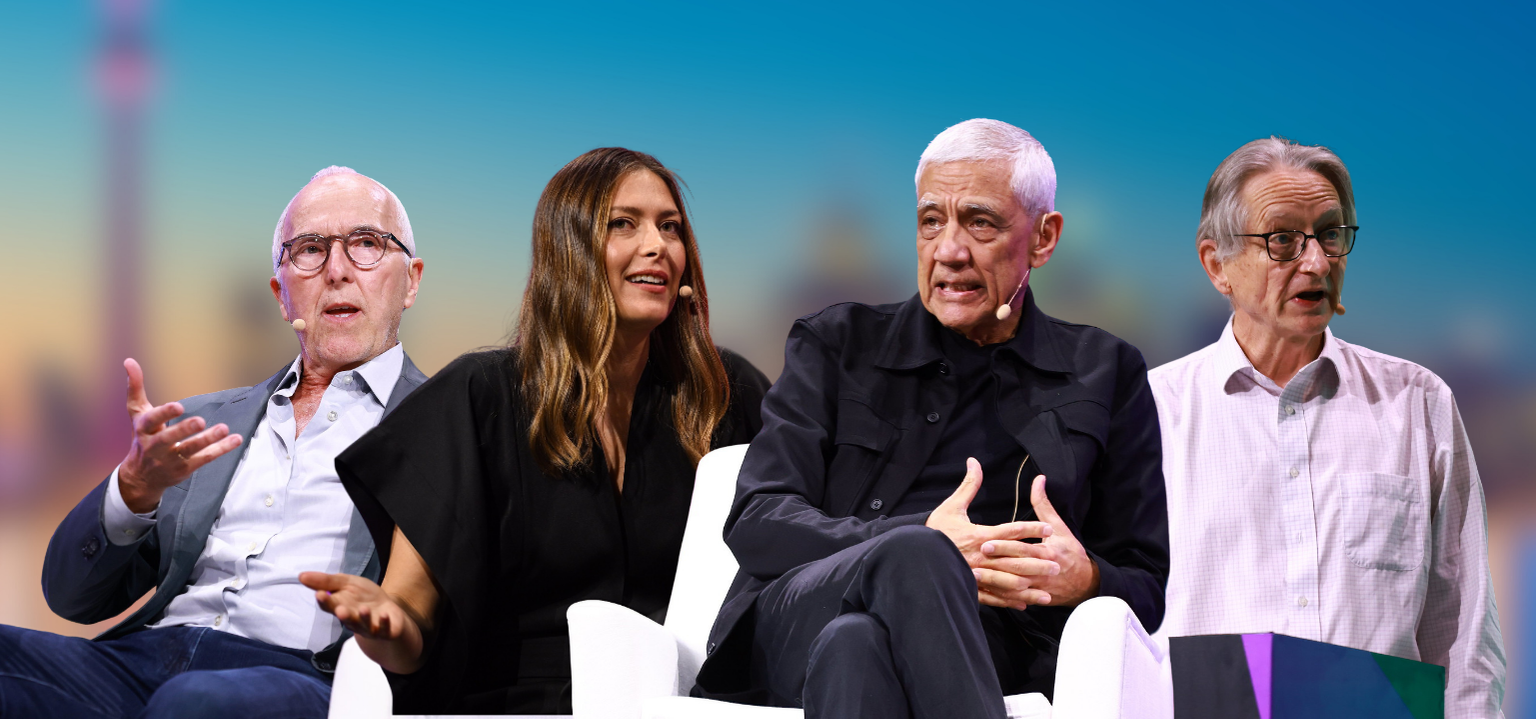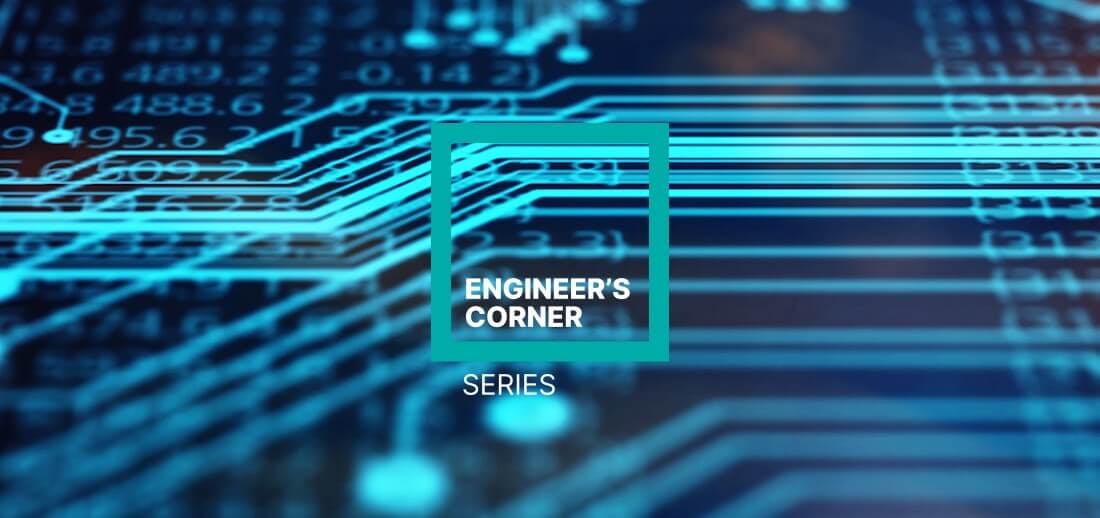
Why we built Summit Engine

Web Summit has its own range of proprietary software, all falling under the umbrella of our event operating system. We call it Summit Engine, and this is its origin story.
Summit Engine is an event operating system built by the engineering team at Web Summit. It’s a collection of interconnected proprietary software that powers everything from customer-facing interactions – including purchasing tickets and creating a custom schedule on the Web Summit mobile app – to the event-side logistics required to deliver seamless wifi connectivity and fuss-free registration during the live event.
Software is the backbone of Web Summit.
For us, software development and event deployment are inextricably intertwined. And, as our events have grown over the years, we’ve built out software solutions to meet the requirements of catering for the needs of up to 70,000 attendees.
When Covid-19 put a temporary end to live gatherings early in 2020, we adapted our software to deliver virtual and hybrid events at scale. Summit Engine was born.
Building Summit Engine
“Covid kickstarted this whole move to virtual and hybrid event delivery,” explained Web Summit chief marketing and technology officer Mike Sexton.
“About 11 weeks out from Collision in 2020, we sat down as a team and made the judgement call that we would not be able to run the physical event in Toronto because of incoming restrictions in relation to the coronavirus. We made that call very early, and much earlier than anyone else in North America,” he continued.
The planned approach, he explained, was to build a virtual platform on top of the existing event infrastructure, allowing people to attend talks and, crucially, interact with speakers and other attendees.
“Our mobile app had always been built as a logistical companion for the event, to help attendees navigate, search, set up meetings, and reach out and connect with people ahead of time. But our feeling was that when we wanted to run an event with a virtual component, we needed a nicely-designed way of consuming event content,” Mike added.
The challenge, he said, was to create “a robust desktop experience through which virtual attendees were networking first and consuming onstage content second”.
Data insights for better event systems
“We do things at our events that rely on and require our technology. It’s not a tool that we had found later to do something. Our event has been built up with that technology in its bloodstream,” Mike said.
An example of this is a particular element of the Summit Engine suite: Ticket Machine.
Nidhi Naithani, VP of program management at Web Summit, has said that Ticket Machine was “one of the most challenging and rewarding projects” she has worked on.
The challenge, she said, was not just building a working ticketing system, but going through the data and incorporating learnings from previous events in order to improve the attendee experience.
“We now have the capability to add new features, and to expand Ticket Machine not only to meet the company’s needs but to better the experience going forward,” Nidhi said. “The challenges were not only building it within a time frame, but also learning from and correcting the previous problems, and not just simply building another ticketing system that would have the same problems.”
What’s in a name?
But why call Summit Engine an event operating system, rather than a piece of event software?
‘Event operating system’ encapsulates the fact that there are several moving parts. The ticketing and registration systems, for instance, work together with the database, web app and mobile app to deliver large and complex events.
And it’s not just active for our flagship event, Web Summit, but also for the North America-based Collision and the Asian RISE.
As Mike put it, “Summit Engine is the suite of technology through, and on which, the event runs”.
After successfully running Collision 2020, Summit Engine was licensed for use by two high-profile external events: a United Nations’ UN Development Programme Event in March 2021 and CES in January 2022.
Summit Engine components
- Event websites
- Ticketing system (Ticket Machine)
- Registration system (Robeka)
- Event mobile apps
- Central database (Avenger)
- Event web app
“We think about an event as an ephemeral social network,” Mike explained. “It’s a big, complicated graph that exists for a short period of time, and the main reason people are all coming together is to create more relationships inside of that graph.”
Analysing and drawing insights from these social graphs ultimately evolved into Summit Engine. Web Summit data scientists have been working on optimal networking since day one, drawing on social network analysis and graph theory to figure out who each attendee would benefit most from meeting while at one of our events.
As Web Summit CEO Paddy Cosgrave has stated in the past: “Our growth has been largely propelled by data science. Or more correctly, in my view, network science. While conference companies hire event managers, we hire physicists with PhDs in areas like complex systems and network analysis. They then apply that knowledge and understanding to the task of creating and optimising real-life networks.”
Interested in joining our engineering team? Check out Web Summit’s careers page for more information, and current job opportunities.
Main image: Web Summit



